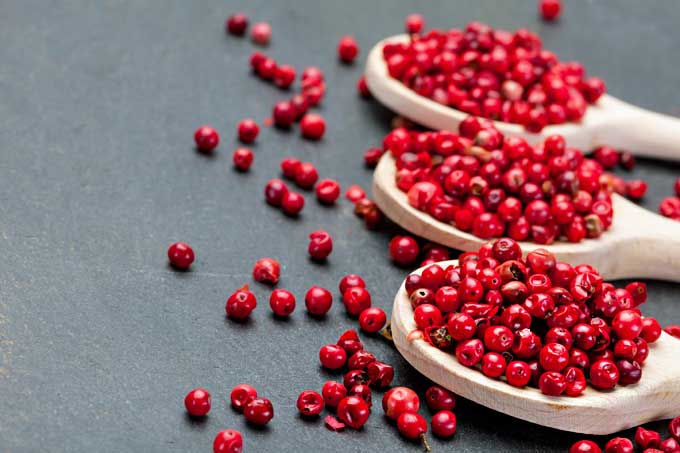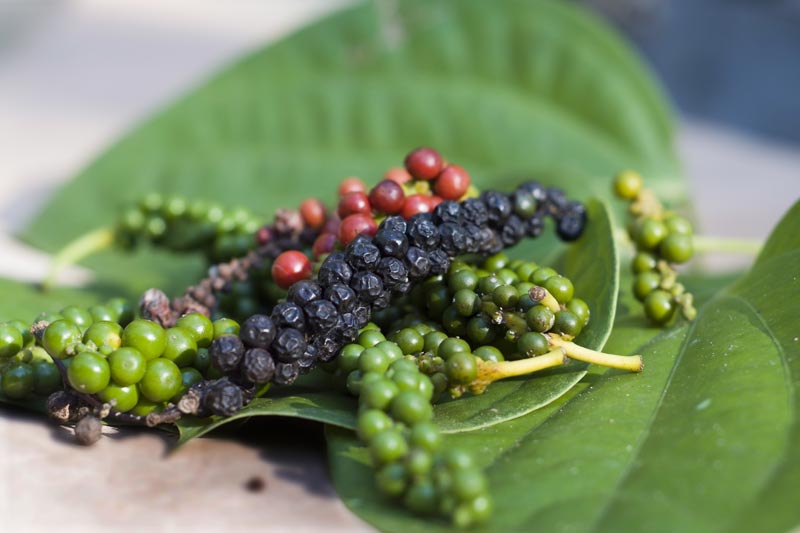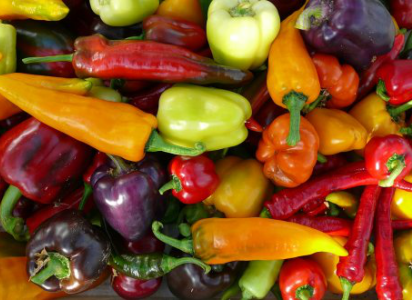
When you first spot pink pepper, or pink peppercorns, as they’re often called, you might assume they’re a dainty cousin of black pepper. Tiny, blushing spheres with a delicate fragrance, they look like pepper’s romantic side.
But here’s the twist: rose pepper isn’t true pepper at all.
Meet the Impostor: What Is Rose Pepper?

Despite its name and shape, rose pepper doesn’t come from the Piper nigrum vine (the plant that gives us black, white, and green peppercorns).
Instead, these pink-hued berries come from an entirely different plant: Schinus molle or Schinus terebinthifolia, members of the cashew family (Anacardiaceae), native to South America.
Their delicate shells and floral aroma have earned them a spot in kitchens and on spice shelves worldwide.
Think of them as the free-spirited cousin of true pepper — more perfumed than pungent, more poetic than fiery.
Flavor That Flirts
Rose pepper doesn’t bring the same sharp bite as black pepper. Instead, it offers a gentle, aromatic heat, warm, slightly sweet, and faintly resinous, with hints of citrus and berry.
When crushed, the berries release a fragrance that’s both peppery and floral, evoking rose petals, pine, and sunshine.
It’s less about spice and more about nuance, a whisper rather than a shout.
Because of that, rose pepper pairs beautifully with:
- Seafood and shellfish 🐟
- Soft cheeses like goat or brie 🧀
- Fruit-based dishes (strawberries, citrus, figs) 🍓
- Chocolate desserts for a sophisticated twist 🍫
From the Andes to Your Table
Rose pepper has deep roots in South America, where the Schinus trees grow wild and abundant.
Indigenous peoples of Peru and Brazil used the berries not only as a seasoning but also for their medicinal and ritual purposes.

In the 18th and 19th centuries, European colonists brought the trees to other parts of the world, including Africa and the Mediterranean, where they thrived and eventually became popular in gourmet cooking.
Today, you’ll often see pink peppercorn blends, where rose pepper joins black, white, and green peppercorns in colorful harmony.
Together, they create a full spectrum of spice: from earthy to floral, from grounded to ethereal.
Why We Love It
Rose pepper is less about intensity and more about elegance. It adds color to a dish, a perfume to the air, and a sense of culinary adventure to the table.
It’s not here to compete with black pepper or cayenne; it’s here to complement, to bring balance, to remind us that spice can also be subtle, fragrant, and full of grace.
Whether you call it rose pepper or pink peppercorn, this beautiful berry embodies the spirit of modern cooking:
curious, global, and endlessly creative.
It’s not “real” pepper, but it’s real magic.
⚠️ Caution ⚠️
Because rose pepper comes from the cashew family, it can trigger allergic reactions in people who are sensitive to tree nuts.
It’s rare, but worth keeping in mind, especially if you’re using it in shared dishes or desserts.
💡 Fun Fact
The trees that produce rose pepper sometimes called Peruvian pepper trees are visually stunning. They have cascading, fern-like leaves and clusters of pink berries that shimmer like ornaments. In some regions, they’re even used as decorative trees for landscaping.





